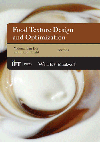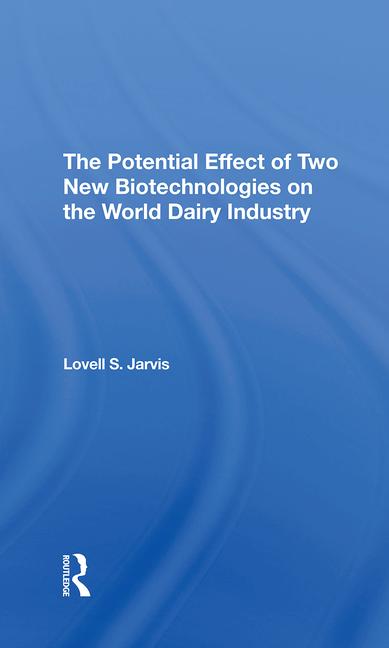What is the true cost of hygienic design?

It never fails to perplex me when I hear experts on corporate sanitation say without equivocation, “3-A equipment costs too much,” and a few heads in the audience bob in polite agreement.
It would be equally wrong (though understandable) for me, as a representative of this organization, to say that hygienic design is justified in every case for some type of processing activity.
By now, the question of cost-versus-value of hygienic design should be a settled proposition. Veteran dairy professionals are likely to have a greater understanding and appreciation for the tremendous economies and efficiencies ushered in by clean-in-place (CIP) technology and all of the equipment adapted to large-scale, computerized processing system.
Technology advancements aside, pathogens have not been eliminated; nor will they ever be. They will continue to find opportune times and places to hide in any processing environment. This is why experts in food processing (including dairy) agree that achieving hygienic design requires a holistic approach. It must take into account equipment design, facility design, cleaning and sanitizing, operational design and good manufacturing practices (GMPs), along with quality programs and regulations. In fact, these elements are addressed in some manner within all of the various third-party schemes under the Global Food Safety Initiative (GFSI).
Balancing cost and value
The cost of equipment (hygienic or otherwise), or any other required individual input, cannot be considered independently of the expected value of the total investment. In other words, at what level must the bar for hygienic design be set to meet a processor’s requirements?
In this era of Food Safety Modernization Act implementation, it is difficult to identify many applications where the cost is disproportionate to the value, and particularly if food safety is part of the equation. It should also be said that the design criteria found in 3-A Sanitary Standards, which are voluntary, represent a valuable baseline. Users may specify criteria beyond what is found in our standards.
Rolando Gonzalez, a PhD candidate at the University of Minnesota, emphasized the need for a holistic approach to hygienic design in a summary of his dissertation topic at one of our education programs. He made these points:
Hygienic design of equipment and facilities must work together.
- Sanitary principles of design apply to both facilities and equipment.
- Design of equipment and layout of facilities (must) allow for good cleanability and the avoidance of dead spaces and corners that are inaccessible or hard to reach where food residues can be trapped.
Sanitary design is integral to food safety.
- Ease and level of cleaning of equipment and manufacturing facilities are directly related to potential for cross-contamination (e.g., microorganisms or allergens) and other undesired safety and quality effects on food.
- Regulations, industry standards and best practices demand that equipment and facilities must be hygienically designed so that they can be easily and thoroughly cleaned.
Sanitary design has an economic impact.
- The return on investment philosophy has an expectation that there will be a future return for any capital dollars committed to a project. For many companies, the timeframe for a positive return on the capital invested is two to three years.
- Looking at sanitary design solely from a capital perspective (upfront cost of equipment and a short time frame for ROI) may prevent the inclusion of sound sanitary design principles in equipment buying and facility layout decisions. Or more often, the result is a significant cut back after a design has been accepted.
Does hygienic design cost more?
- Adopting sanitary design principles may provide greater benefit from the capital than previously thought.
- Look at it not from an ROI perspective but from an on-going operational perspective that may return substantial savings to the bottom line for many years to come (lifetime value).
- Hygienic design is about food safety, quality and operational efficiency. The basic principles of hygienic design can be implemented at no additional cost, or even at a profit.
- Embracing sanitary design results in a competitive advantage because of reduction of food safety (and quality) risks; a reduction of manufacturing costs and an improvement in operational efficiency.
When the value of complying with 3-A design criteria is balanced against the costs of spoilage, food-borne illness outbreaks, recalls, potential litigations and other costs, a more appropriate title for an article on this subject might be “Assessing the True Costs of Not Following Hygienic Design Criteria.”
Looking for a reprint of this article?
From high-res PDFs to custom plaques, order your copy today!






